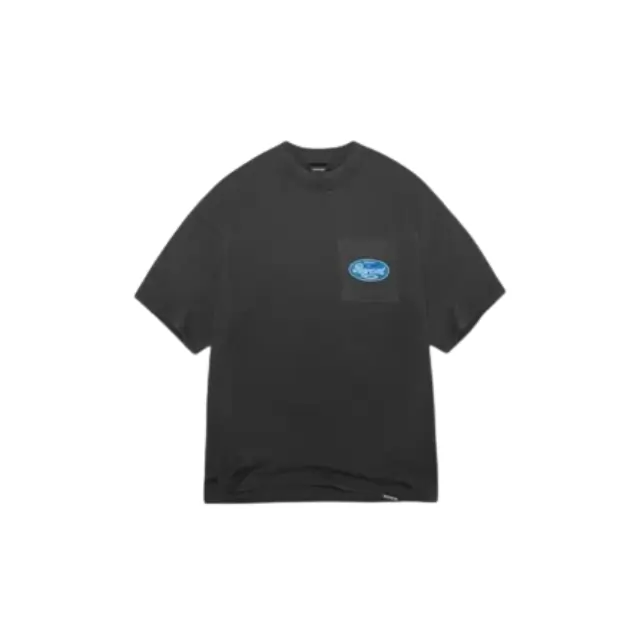The sweatshirt, once a humble garment designed for warmth and practicality, has evolved into a cultural icon and fashion staple. Its journey from functional athletic wear to high fashion statement piece mirrors shifts in society, technology, and fashion itself. Represent Hoodie In this exploration, we delve into the history, evolution, and enduring appeal of the sweatshirt, a garment that transcends generations and trends.
Origins and Utility
The roots of the sweatshirt can be traced back to the 1920s when it was created for practical purposes. Originally known as the “sweat shirt,” it was crafted from thick, absorbent fabric to help athletes stay warm and dry during intense workouts or chilly outdoor activities. Champion, a brand established in 1919, is credited with creating the first hoodie in the 1930s, which became a favorite among laborers and athletes alike for its comfort and functionality.
Military Influence
During World War II, the sweatshirt gained further popularity as it was issued to American soldiers for physical training. Represent Hoodie Its utilitarian design and durability made it a practical choice for military use, and its association with patriotism and heroism added to its appeal.
Pop Culture and Youth Movements
The post-war period saw the rise of youth subcultures like the greasers and the beatniks, who adopted the sweatshirt as part of their rebellious style. In the 1950s and 60s, Hollywood icons like James Dean and Marlon Brando popularized the rugged, casual look of the sweatshirt, cementing its status as a symbol of youth and nonconformity.
Counter-culture movements of the 1960s and 70s further propelled the sweatshirt into the realm of political and social statement. Activists and protesters embraced it as a uniform of dissent, often adorned with slogans and symbols of resistance. The sweatshirt became a canvas for expressing solidarity with causes ranging from civil rights to anti-war protests.
Fashion Evolution
As fashion became more casual and streetwear gained prominence in the late 20th century, the sweatshirt underwent a transformation from athletic gear to fashion-forward attire. Designers began experimenting with new fabrics, cuts, and embellishments, elevating the humble sweatshirt to high fashion status.
In the 1980s, hip-hop culture played a significant role in popularizing oversized sweatshirts, often worn off the shoulder for a relaxed, effortless look. Represent T Shirt Artists like Run-D.M.C. and LL Cool J embraced the sweatshirt as a symbol of urban style and self-expression, influencing fashion trends for years to come.
Luxury labels also embraced the sweatshirt, incorporating premium materials and craftsmanship into their designs. Brands like Ralph Lauren and Tommy Hilfiger introduced upscale versions of the sweatshirt, blurring the lines between sportswear and high fashion.
The Rise of Athleisure
The early 21st century saw the emergence of athleisure, a fashion trend that blurred the boundaries between athletic wear and everyday clothing. The sweatshirt, with its comfort and versatility, became a cornerstone of this trend, embraced by celebrities, influencers, and fashion-forward consumers alike.
Tech Innovation
Advancements in textile technology have further propelled the evolution of the sweatshirt. Moisture-wicking fabrics, breathable materials, and temperature-regulating properties have made modern sweatshirts more functional and performance-oriented than ever before. From gym sessions to casual outings, the modern sweatshirt seamlessly transitions between activities while keeping wearers comfortable and stylish.
Cultural Impact
Beyond its practical and aesthetic appeal, the sweatshirt holds deep cultural significance. It serves as a canvas for self-expression, allowing individuals to showcase their interests, affiliations, and beliefs through graphics, logos, and slogans. From band merch to political statements, the sweatshirt reflects the wearer’s identity and values in a highly visible and personal way.
Moreover, the sweatshirt has become a symbol of inclusivity and empowerment. Its unisex design and relaxed fit cater to a diverse range of body types and style preferences, fostering a sense of belonging and acceptance within fashion culture.
Environmental and Ethical Considerations
As consumer awareness grows, so does the demand for sustainable and ethically produced clothing. Many brands are responding by incorporating eco-friendly materials, ethical labor practices, and transparent supply chains into their sweatshirt production. From organic cotton to recycled polyester, sustainable options abound for conscientious consumers seeking to minimize their environmental footprint.
Conclusion
The sweatshirt‘s journey from utilitarian garment to fashion icon is a testament to its enduring appeal and cultural relevance. From its humble origins in athletics and military wear to its current status as a symbol of style and self-expression, the sweatshirt continues to evolve with the times while retaining its core values of comfort, versatility, and authenticity. Whether worn for warmth, fashion, or social statement, the sweatshirt remains a beloved staple in wardrobes around the world, embodying the spirit of individuality and inclusivity in every stitch.

